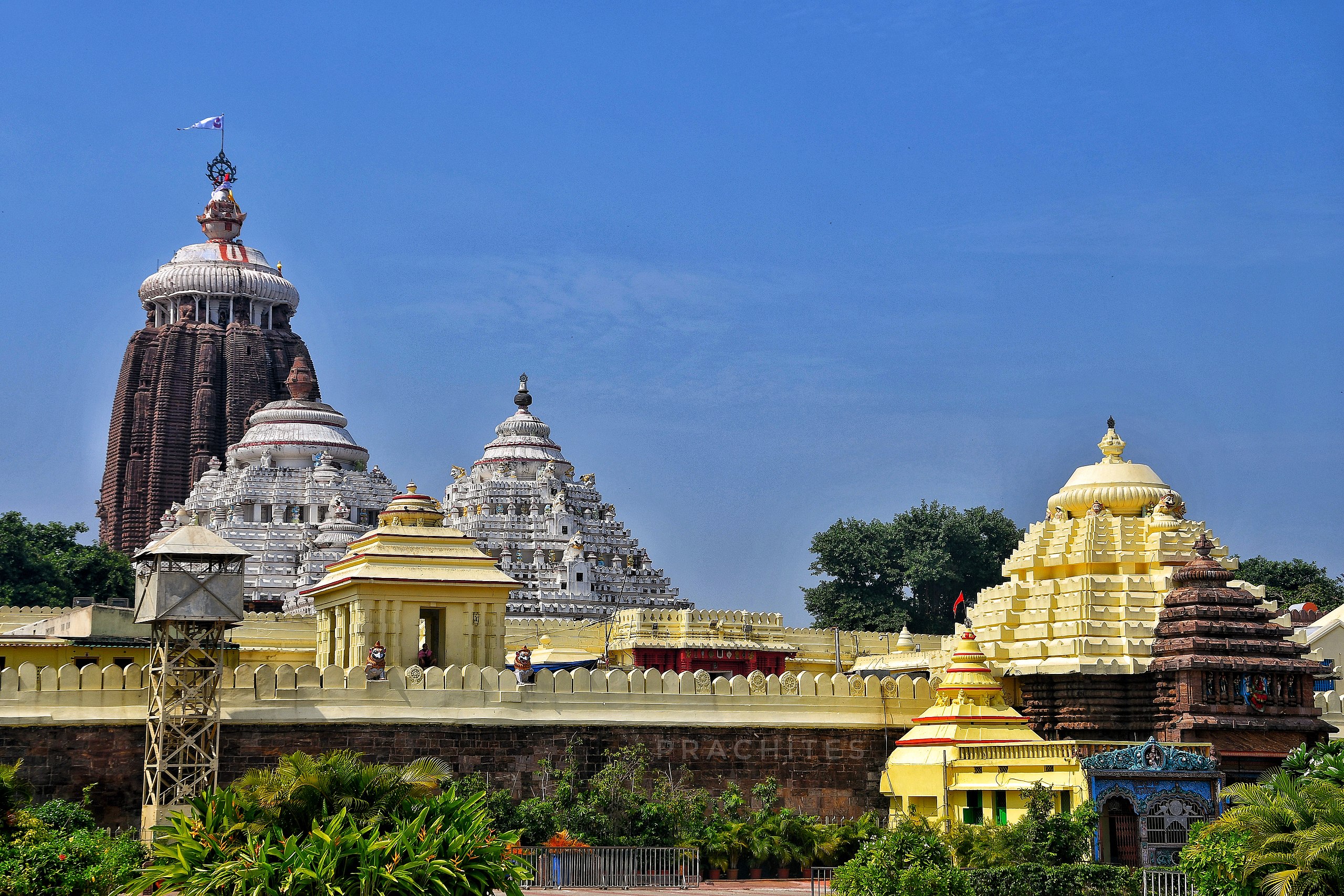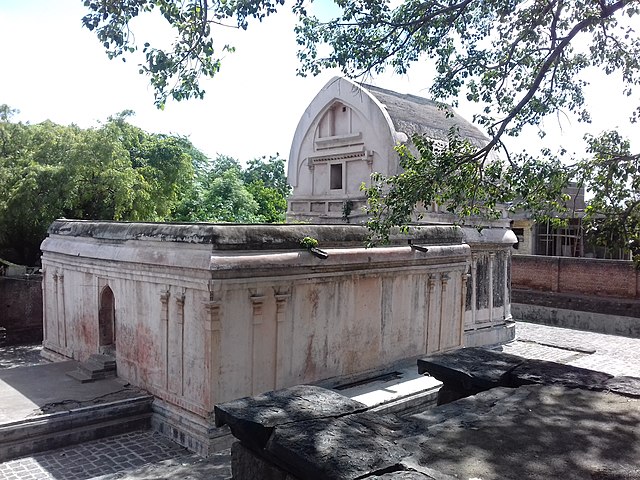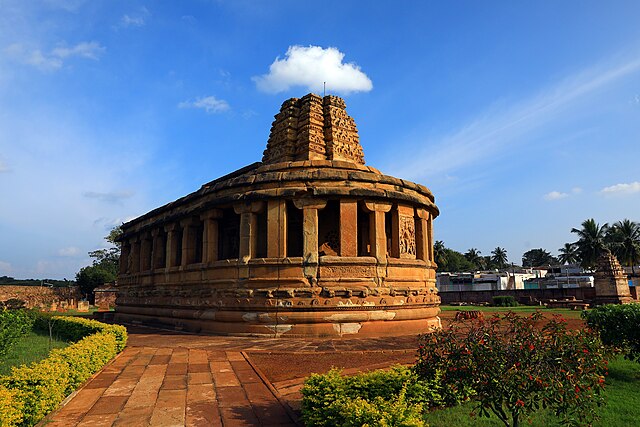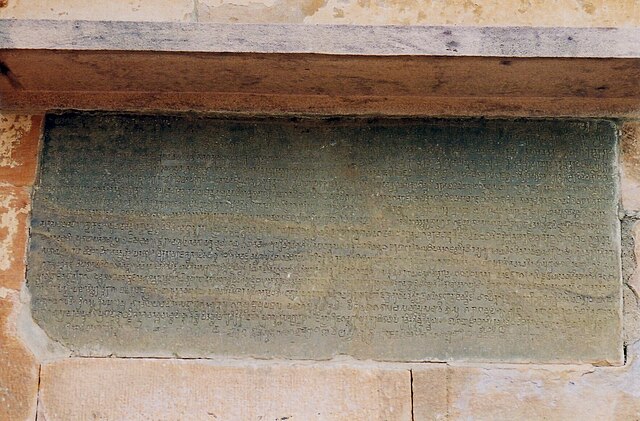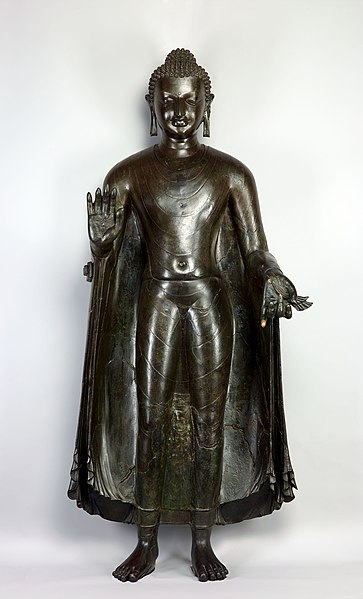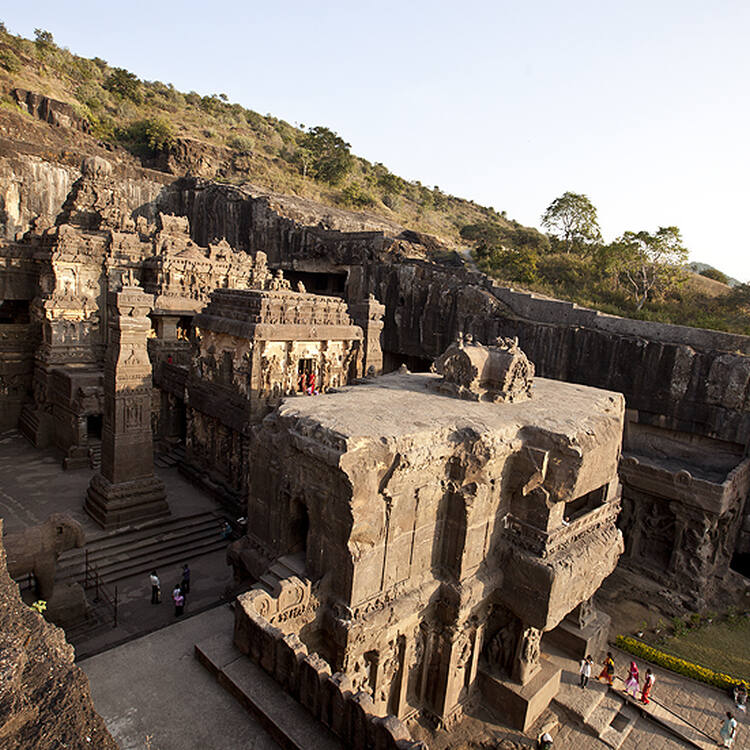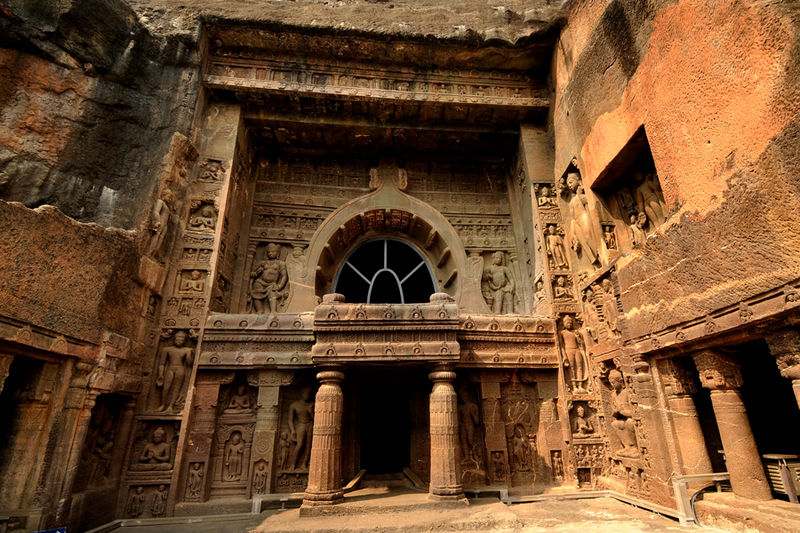Art and Culture
Temple Architecture: Odisha School
Followed the Kalinga style of architecture. Basic Features The exterior walls were lavishly decorated with intricate carvings, but interior walls were plain. There was no usage of pillars in the porch but iron girders were used instead to support the … Continue reading
Temple Architecture: Nagara School of Architecture
Period The Nagara Style of Architecture in Northern India emerged from the 5th century CE onwards. Basic Features of Nagara Style of Architecture Followed Panchayatana style of temple-making. Presence of assembly halls or mandaps in front of the principal shrine. … Continue reading
Temple Architecture: Basic Parts of a Hindu Temple
Sanctum Sanctorum: Also known as Garbhagriha (literally womb-house) is a small room, generally cubicle, which houses the principal deity of the temple. Mandapa: It is the entrance to the temple. It may be a portico or a hall and is … Continue reading
Temple Architecture: Time and Stages of Development
Period Temple architecture, with the development of a square sanctum and a pillared portico, emerged during the Gupta period. Stages of Development First Stage The temples had flat roofs. The temples were square in shape. The portico was developed on … Continue reading
Important Ancient Inscriptions and Edicts
Inscriptions and Edicts Descriptions Sohgaura Copper Plate It is a Mauryan record that mentions famine relief efforts. Rummindei Pillar Edicts (Lumbini) The inscription mentions Ashoka’s visit to Lumbini (Rummindei) in Rupandehi district of Nepal, the birthplace of Lord Buddha. Prayag-Prashasti … Continue reading
Gupta Age: Science and Technology
Aryabhatta A great mathematician and astronomer, authored the book Aryabhatiyam in 499 CE. It deals with mathematics and astronomy. It explains scientifically the occurrence of solar and lunar eclipses. Aryabhatta was the first to declare that the earth was spherical … Continue reading
Gupta Age: Stupas and Sculptures
Stupas The Gupta age saw a decline in the development of stupas. Dhamek Stupa at Sarnath near Varanasi is a fine example of stupa developed during this period. Sculptures: Sarnath School It was characterised by the use of cream coloured … Continue reading
Gupta Age: Caves
Ajanta Caves Location: Ajanta is a series of rock-cut caves in the Sahyadri ranges (Western Ghats) near Aurangabad in Maharashtra. Associated River: Waghora River. Number of Caves: There are a total of 29 caves (all Buddhist) of which 25 were … Continue reading
Gupta Age: Temples Architecture
Temples Materials Used: Construction of the temple was done using dry stone masonry in the desired shape & form. Binding Agent: There was no use of mortar. Tenon & groove method was used for joining the stones where one block … Continue reading
Gupta Age: Basics
The Gupta Age is referred to as the “Golden Age of India”. Contributions made by Guptas Earlier Gupta rulers were Buddhists and continued the traditions of Buddhist architecture. Temple architecture came to the forefront under the patronage of the Hindu … Continue reading

